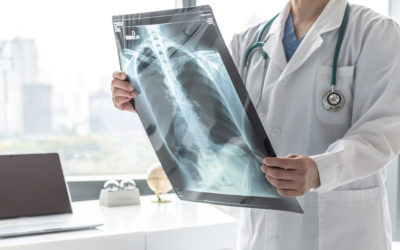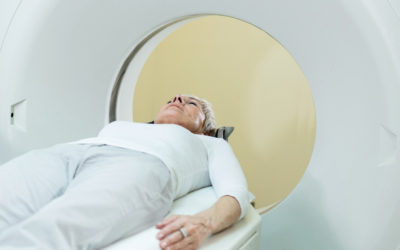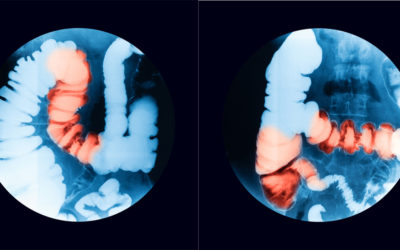Pediatric Imaging
To help with a diagnosis, your child’s provider may order an imaging study like an x-ray or ultrasound. While some of these scans are quick and easy, others may prove more of a challenge for children because they require the patient to lie very still for up to 30 minutes.
These more challenging studies include:
- CT (computed tomography)
- MRI (magnetic resonance imaging)
- VCUG (voiding cystourethrogram)
Most younger children needing a CT, MRI or VCUG scan may need to be sedated in order to get a successful, quality scan. If a child needs anesthesia for a study, pediatric nurses work to make this experience as stress-free as possible for both the children and their parents. These team members are specially trained to care for children during and after anesthesia.
The Pediatric Sedation Support Team supports your child by:
- Starting your child’s IV (intravenous) line. An IV line may be used to deliver medicine for anesthesia. It may also be used to deliver contrast medium (a substance used to increase the visibility of organs or tissues) used with some scans.
- Working to assist the anesthesiologist as needed.
- Providing bedside nursing care during post-anesthesia recovery. As soon as your child awakens, you may join him or her at the bedside until he or she is ready to go home.
Children requiring scans with anesthesia may be treated as inpatients (staying at the hospital) or outpatients (going home after the procedure). Parents may remain with their child until just before the start of the procedure and rejoin the child during recovery.
For More Information
Call 541-988-6900
Related Services and Conditions
Diagnostic Imaging
At McKenzie-Willamette Medical Center, diagnostic imaging is used to create a graphic depiction of the structures and functions of the body’s organs and other internal systems. These images are used to examine and diagnose certain medical conditions. Services Include:...
CT Scanner
McKenzie-Willamette Medical Center has two state of the art CT scanners. Thanks to CT scanning (computed tomography, often called a “CAT” scan) doctors can view a “slice” of the human body painlessly. Often used to diagnose life-threatening conditions and issues like...
Fluoroscopy
Sometimes doctors need to see more than a still image to diagnose or treat a problem. Fluoroscopy is a test that uses a steady beam of x-rays (like a movie) to look at parts of the body and movement within the body, such as blood moving through a blood vessel....
Magnetic Resonance Imaging (MRI)
It’s clear—precision is important during diagnosis. Of all imaging technologies, MRI or Magnetic Resonance Imaging gives doctors the clearest, most precise image of the inside of the body. It’s sophisticated, and uses a strong magnetic field to show the structure and...
Ultrasound
McKenzie-Willamette Medical Center uses ultrasound as a painless, non-invasive way to diagnose a variety of diseases and conditions without the use of radiation, making this a widely used procedure during pregnancy. Sometimes called sonography, ultrasounds bounce...





